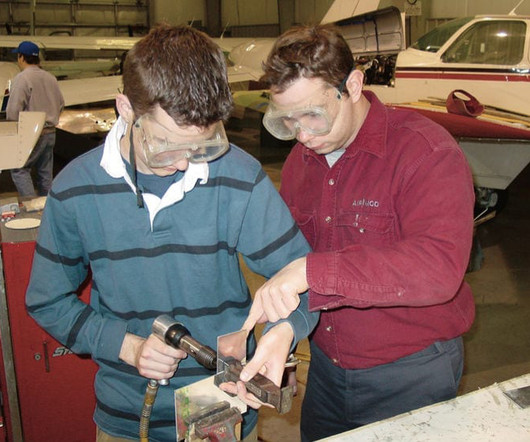Wingtip Vortices and Wake Turbulence
Pilot Institute
MARCH 28, 2025
When air flows over the aircraft wing, the shape of the airfoil creates low pressure above the wing and relatively higher pressure below the wing. This horizontal component of lift is called Induced Drag. Its called induced drag since it only exists as a consequence of lift. Increased Drag Moving air around is hard work!











Let's personalize your content